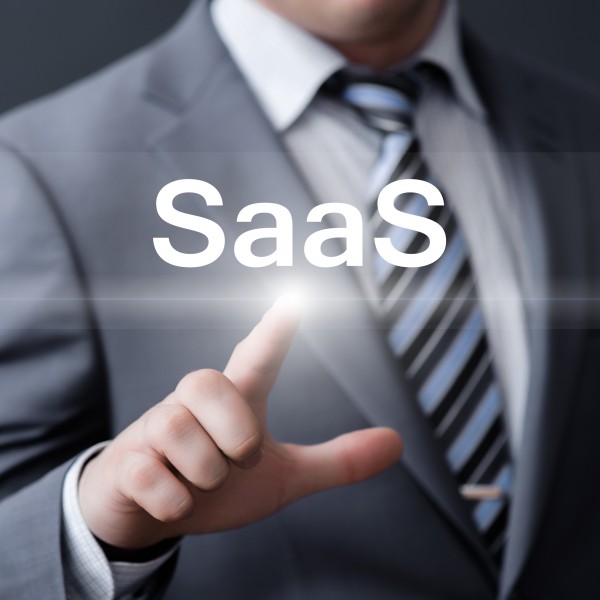Overcoming SaaS platform tech debt [Q&A]

The rapid shift to remote working has accelerated digital transformation and mass-cloud migration across almost every organization -- even those who weren't necessarily ready for it.
As IT professionals settle into long-term planning and management of their SaaS platforms and apps, CoreView's SVP Doug Hazelman believes they must now begin to effectively manage their cloud infrastructure so they can focus on maximizing the value of their investments. We spoke to him to learn more.
BN: What is the most significant challenge businesses which quickly migrated to SaaS platforms in 2020 face now?
DH: Companies who migrated quickly most likely now face an issue of cleaning up the 'mess'. Migration projects typically require months of planning before moving to a new system. If this stage is skipped, then the clean-up still needs to happen after the migration. Things like naming standards, group memberships, and security settings need to be reviewed to ensure best practices are being followed. During 2020, as people quickly started working from home, IT had to make many quick decisions to support a global workforce shift. In 2021, they need to ensure that the band-aids they put in place can be safely removed.
BN: Were there any common pitfalls enterprises made in this quick transition?
DH: Many companies and departments quickly instituted new SaaS applications, especially for collaboration and online meetings. If there was no standard in place before the work from home shift, often departments made quick decisions. This leads to a number of disparate applications in use for the same purposes. History has shown that the more IT leaders think, 'This could never happen,' the more likely it will happen, so preparation for the unexpected is crucial right now.
BN: What should IT leaders' top priorities be in managing SaaS apps and platforms moving forward?
DH: Moving forward, IT leaders need to think about new ways of managing all the SaaS applications and platforms. There is a new Gartner category emerging called SaaS Management Platforms (SMPs), and they've already released two market guides. SMPs connect to multiple SaaS applications and provide management, security, and automation from a single interface instead of using multiple interfaces.
BN: What role does automation have to play in SaaS management?
DH: Automation is vital for several different use cases in SaaS, just like it was for on-prem infrastructure. The idea of 'modify once and update' has been around for a long time and is applicable here. If a user gets a promotion or their manager changes, there should be one modification pushed out across all SaaS platforms. Having to do this manually can be a burden, especially if it's not clear what platforms need to be updated. User creation and deletion is another area: if you forget to remove a user from a SaaS platform after leaving the company, you could be open to that user causing havoc after they've left.
BN: What are some of the costs that businesses typically overlook when migrating to SaaS? How can IT leaders either reduce or eliminate them?
DH: There can be many wasted costs in licensing, especially if the SaaS platform has multiple types of licenses. Businesses need to keep on top of their license spend by monitoring the actual usage of the platform. Giving a user a license to do 'ABCDEF' when all they need is 'AB' can lead to a lot of wasteful spending.
The other issue is shadow or rogue IT by departments going out and purchasing their own SaaS platforms to cover functionality that you already have a license from another vendor.
Photo credit: Alexander Supertramp / Shutterstock
